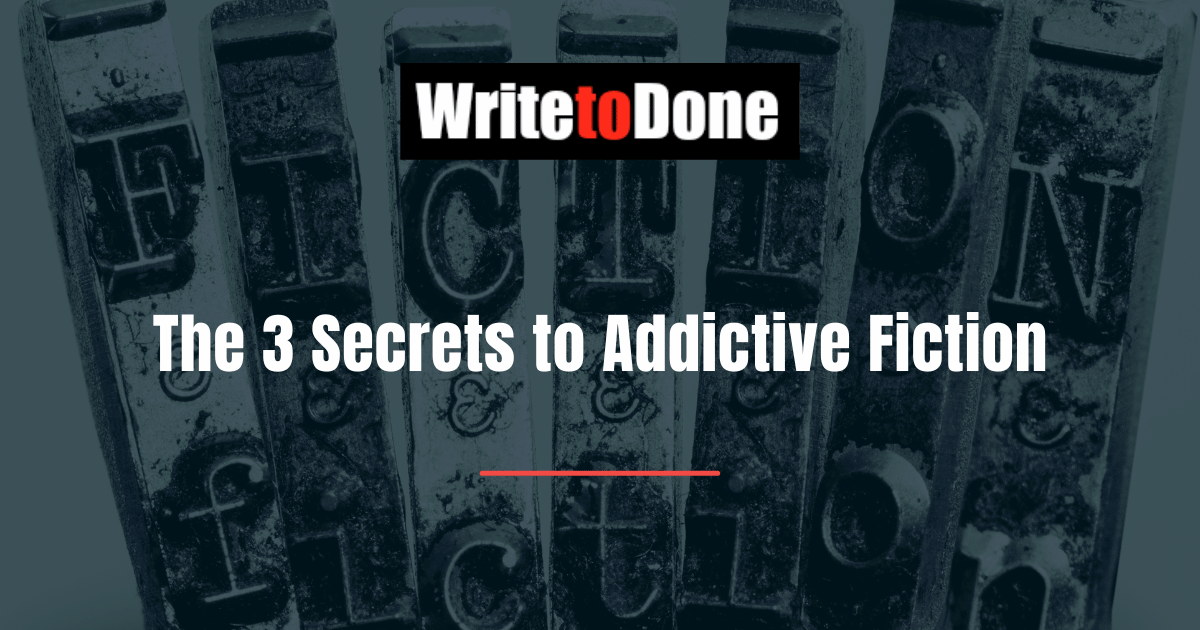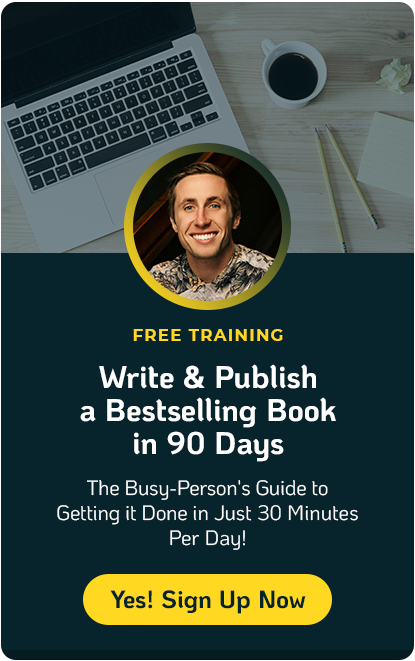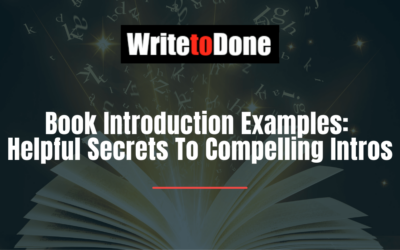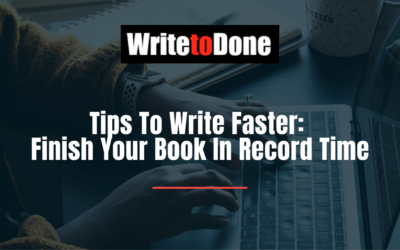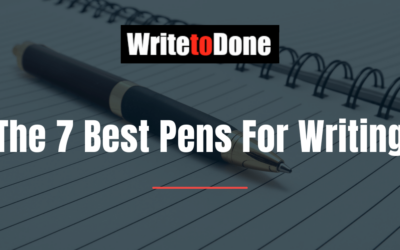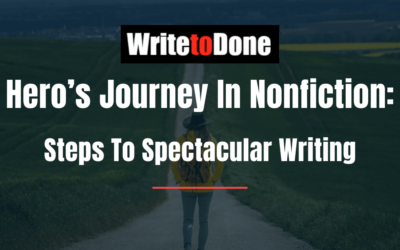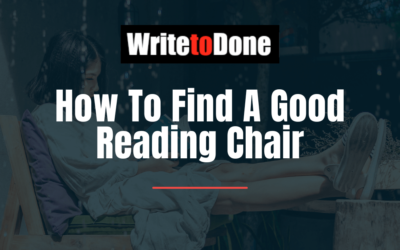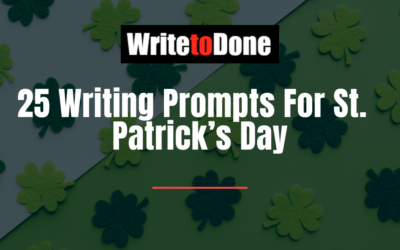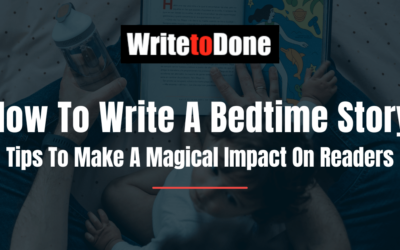In today’s unbelievably competitive industry, how can you make your fiction the best?
Addict your reader.
Make reading your stories and novels an addictive experience. The reader who is addicted to your writing will plunge into your fiction and then fight to stay there forever.
But how can you addict your reader to your stories?
Use the secrets that all great authors have used throughout the ages to give the reader exactly what they want. There are literally thousands of these secrets, but in my work as an independent editor I have prioritized them and categorized them into the simplest possible arrangement—three basic categories.
I teach fiction through its three aspects:
1. character
2. plot
3. prose
However, beyond than that, I teach the secrets to making these three aspects addictive:
1. unforgettable character
2. inescapable plot
3. mesmerizing prose
Secret #1 Unforgettable Character
The most fundamental truism of fiction is that all great plot grows out of character.
You can design any type of plot you like. However, if it’s not grounded in the character of your protagonist, it will be nothing but a mish-mash of events from which the reader can disengage at any time and walk away.
On the other hand, you can design almost no plot at all, and if it’s grown entirely from the character of your protagonist, the reader will not only be addicted to your work, they’ll convince all their friends and relatives to become addicted as well.
Ask yourself:
How did James Bond become a cultural icon, although his plots are repetitive and he must frequently be rescued by a young woman he’s just met? What made Agatha Christie a phenomenon of her genre, although her mysteries so often hinge on her villains’ implausible acting skills and even authorial cheating? Why do we still love Cathy and Heathcliff, although Wuthering Heights is so bizarrely organized and consists almost entirely of a laundry list of inhuman behavior?
Because Bond, Miss Marple, Hercule Poirot, Cathy and Heathcliff are the unforgettable characters from which their plots grow.
This means that character is where we always start.
So how do we make this character unforgettable? That work is based upon the character’s conflicting internal needs. These needs must be internal or they won’t be powerful enough to fuel an entire novel. They must conflict, or there won’t be any climax to this story. And they can be explored most effectively through the three basic human needs: love, survival and justice.
There’s a lot to discuss about a protagonist’s conflicting internal needs. And I’ll teach you all about them in my 2nd guest post for Write to Done: The 2 Steps to Creating Unforgettable Character.
Secret #2 Inescapable Plot
Now what is this unforgettable character going to do?
A story—short fiction or novel—is, at its most fundamental, simply an opportunity for the reader to spend time with your unforgettable character. To make friends with them. To bond. To allow this character to become a part of their life.
This means you must design a plot that gives the freest possible reins to the protagonist’s character—exploring it, exposing it, delving into it to reveal its most intriguing and hidden facets.
The paperback genre industry of the early 20th century can teach us everything we need to know about how to design plot. Those authors cranked out their genre novels regularly and reliably, treating fiction as a day job to which they showed up and worked five days a week, 45-50 weeks of the year.
What do readers get out of genre fiction?
A plot that hooks them quickly, takes them for a thrilling whirl, then throws them off a cliff.
This is rooted in our human addiction to things that come in threes: the simplest construct that exists that also retains a crucial layer of complexity.
And this is why I teach three-act structure: Hook, Development, Climax.
Within these three acts, we can refine our design based upon the importance of climax. Each act has a unique purpose, to which we can devote a full half of that act. And each act also needs a climax, to which we can devote the other full half of that act. That’s how important climax is.
Once we have these six structural pieces, we can refine our design even further by breaking each piece into six more pieces. In this way, we can quickly and easily design a plot of 36 pieces along a specific pattern.
I call this holographic design.
The reader has already unconsciously adopted this pattern through the reading of their first great story. It’s what they expect. Because it’s great storytelling. And, through proper design, it’s what we can regularly, reliably give them.
But how do we turn this simple design into a rollercoaster ride, one that will keep the reader addicted on every single page? There’s a counter-intuitive trick to this that gives your plot the essential contrast that throws your entire design into three-dimensional relief, gripping your reader, meeting their unconscious expectations, and making your plot inescapable.
I’ll teach you all about this in detail in my 3rd guest post for Write to Done: The 4 Steps to Designing Inescapable Plot.
Secret #3 Mesmerizing Prose
Finally there is the writing of this character-grown plot.
How do you turn a brilliant, well-developed idea into a novel of some 70,000-100,000 words—a novel that the reader can’t forget, can’t escape, can hardly put down even for a minute? Because 70,000-100,000 are a whole lot of words. And the reader has a life to live.
How do you write a novel that’s mesmerizing? One to which the reader is addicted?
You’ll hear a lot in the writing community these days about how to make time to write, how to write faster and more efficiently, how to get your manuscript finished. This advice is mostly about time management, on the assumption that your life is not set up for endless hours in front of the keyboard. However, focusing upon time management misses a crucial element of writing: you write because you love to.
Truly, if writing is not the one thing you love to do above all else, then go find out what is and do that. Life is too short for wasting on doing things you don’t love.
And if writing is the one thing you love to do above all else, then you don’t need time management. You need stamina. You need to stay in touch with your passion. You need, especially, to know what you’re doing.
Only through a combination of your passion and an understanding of your work can you make your time at the keyboard as productive as humanly possible. Only in this way can you produce manuscripts full of life, while also devoting yourself to the life that is your own.
Your first goal, of course, is to get a draft written. But there are tricks to the efficient writing of a first draft. And there are certainly techniques to editing that draft into polished prose.
I’ve developed a set of guidelines that I use for writing quick first drafts and then turning my clients’ drafts into powerful professional prose. And I often teach my clients these guidelines. Of course, I never teach them all—those are my trade secrets. But I learned them all from the published works of great authors. And you can too.
All you have to do is study in-depth hundreds novels line-by-line and practice for thousands of hours in order to discover what makes writing clear, strong, and vivid. Mesmerizing.
Or you can learn my biggest secrets by joining us for my 4th guest post for Write to Done: The 3 Steps to Writing Mesmerizing Prose.
Now, if you’d like to see a demonstration of how to design a novel from a single sentence, please join me on video with Joanna Penn of the Creative Penn as we spontaneously develop her Work-In-Progress.
To which authors and stories are you addicted? Why?

